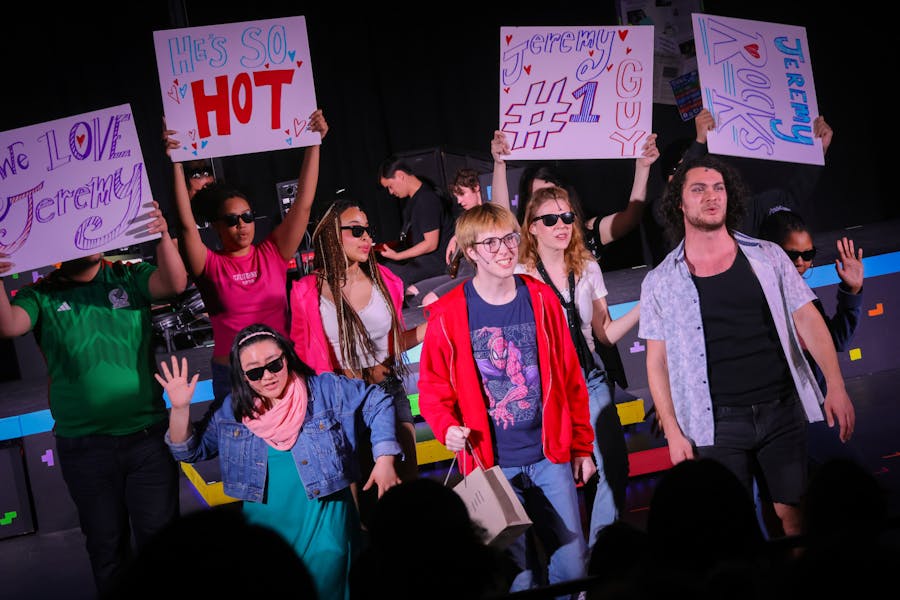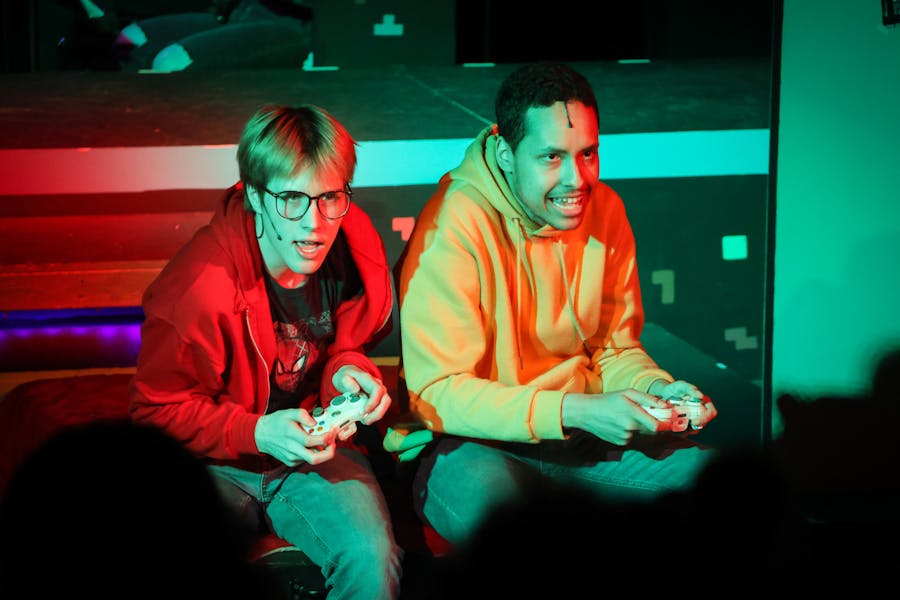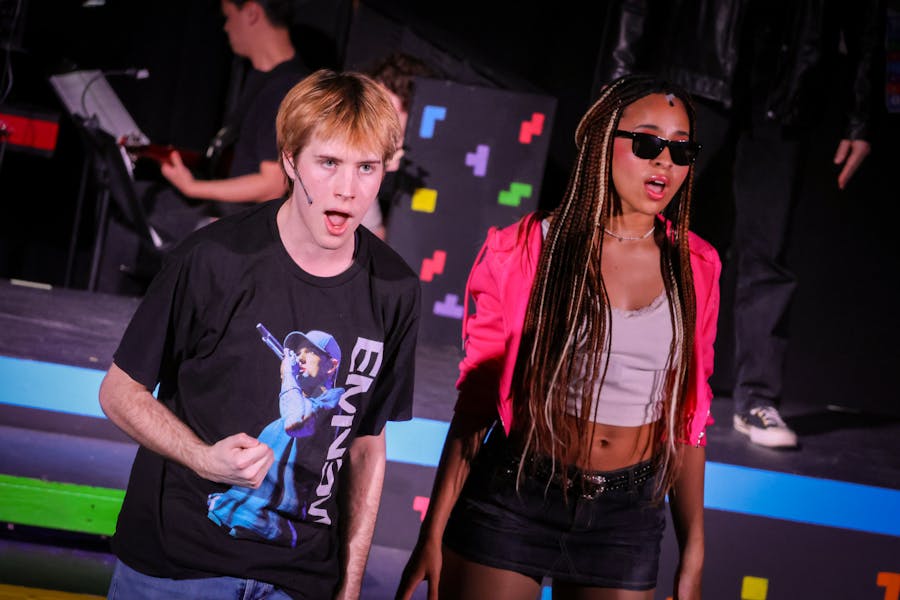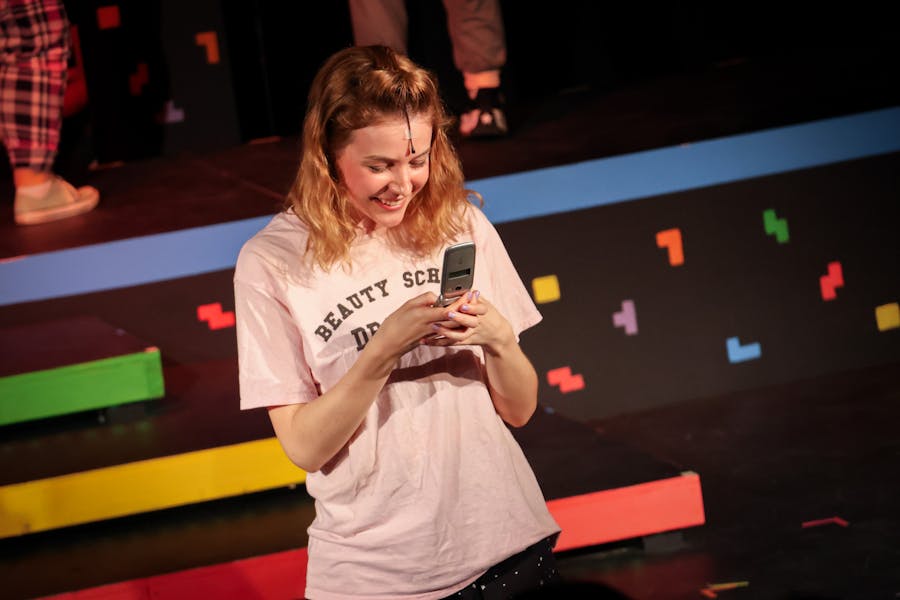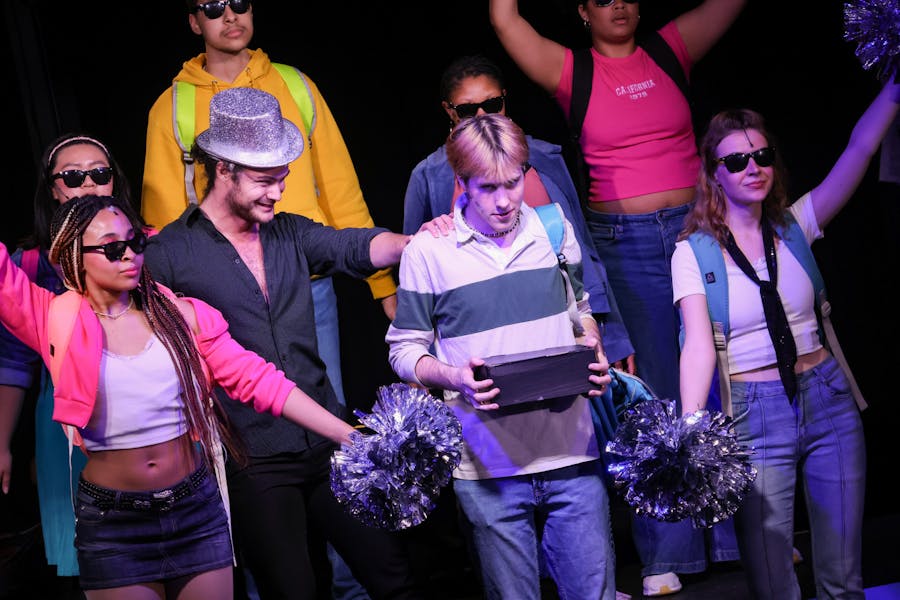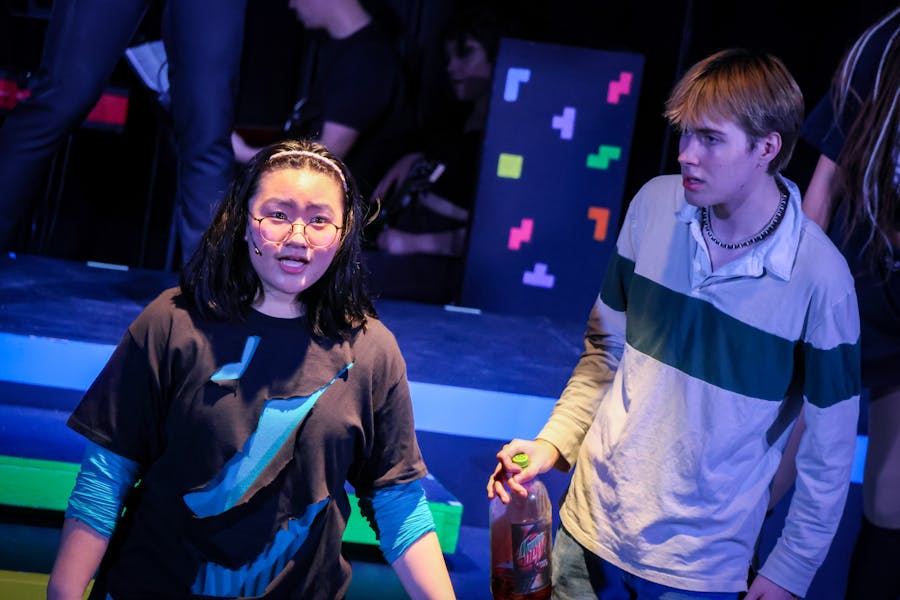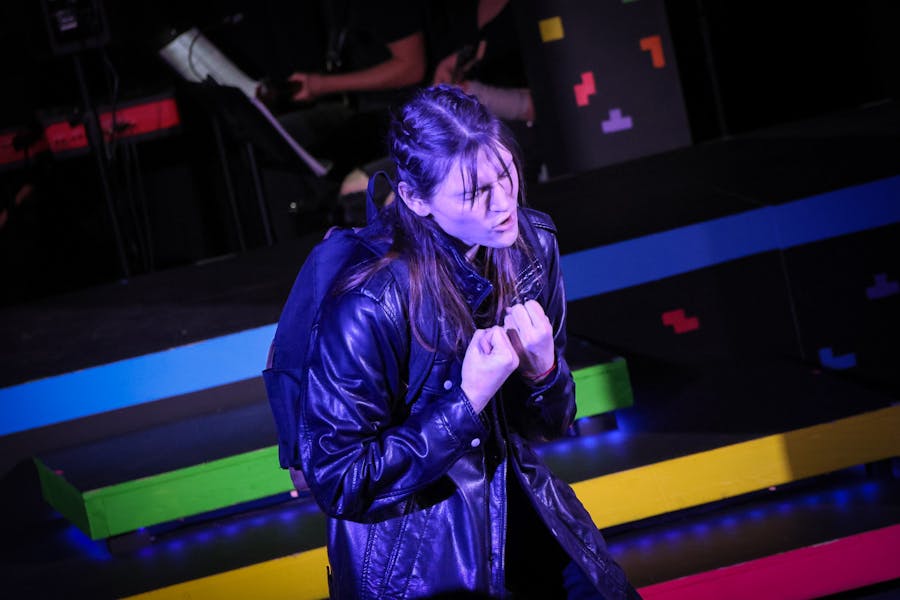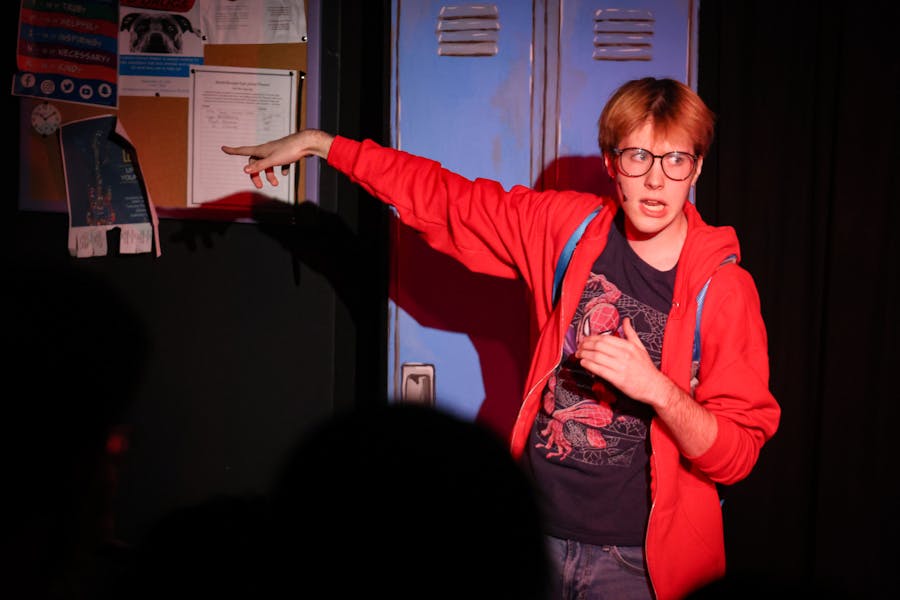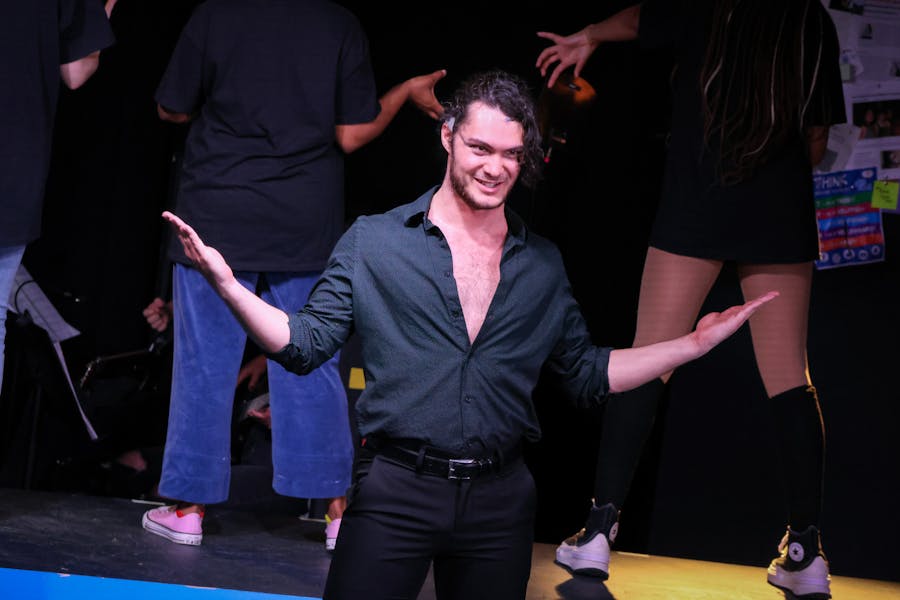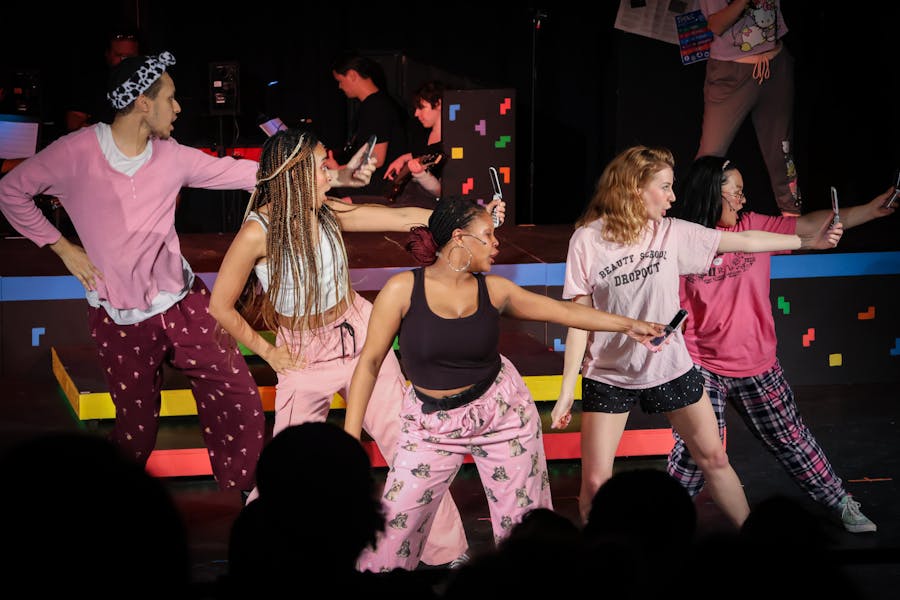If writing wasn't such a stationary activity, I probably wouldn't have an article this week, because I'm having trouble walking, standing or moving in general. But even though my body's aching, my fingers are flying and my mind is racing to share my experience as a first-time capoeirista.
This week you could find me experimenting with capoeira, loosely defined as a mixture of martial art, dance, fighting and play. Since 2002, capoeira has been growing as a club on campus and now boasts over 20 members.
I was one of them on Monday, walking into the Ralph S. O'Connor Recreation Center around 9:05 p.m. Since I missed the first five minutes of class, I was pretty much "thrown into" the experience head-on. Before I knew it, I was running in circles, doing speed crunches, push-ups and partner stretches with Sarah, the brunette to my left.
But before even 30 minutes had passed, I could think of a million better adjectives to describe Sarah and her fellow capoeristas: inviting, intriguing and exciting - a rare type for a Monday night at Hopkins.
"In capoeira you get to meet a ton of high energy, super interesting people - the type of crowd that capoeira naturally attracts," instructor and grad student Netta Gurari said. "This group of people forms a team, and every person is responsible to help create a good atmosphere in order to further both themselves and push others in the group," she said.
The capoeira atmosphere "pushed" me quite a bit. I found myself barefoot, clapping and singing Afro-Brazillian tunes to the beat of the berimbau (a musical bow of sorts) within the first hour. "Capoeira brasileira, meu compadre," ("Brazilian capoeira, my comrade") sophomore capoeirista Tim Cook sang, as I replied with the group, "Ude matar" ("is deadly"). Did I mention I'm a blonde white girl from Tennesee?
But there I was, a capoeira expert in under two hours.
Okay, so maybe "expert" is a slight exaggeration. But I did meet a few actual experts who were happy to talk after the singing and playing was over.
I think one of the best comments of the night came from nursing student Sarah Langford. "I took up capoeira because it is a better high than drugs. And most of the times safer," she said.
This "high" Langford speaks of is one aspect of the sport that draws many members back for more capoeira. "It's very uplifting," sophomore Tim Cook said. "I can't really define it."
Cook may be looking for the word "axe," the term used for the unique energy of capoeira. In the "roda" (circle), capoeiristas cheer and sing as two members engage in a "jogo" (game). Unfortunately, my jogo needed more than just good axe - I'd barely mastered the "ginga" (swing) by the end of the night. However, my weak performance wasn't able to bring down the positive energy of the group, whose cheering almost convinced me that my skills were actually worth watching.
After my jogo was over, though, the speed and talent of the roda really picked up. The Hopkins capoeiristas were throwing all sorts of kicks, flips and jumps at each other, all blanketed in a smooth, graceful style. Though the fluid moves of capoeira may seem effortless, my thighs, back and shoulders confirm otherwise.
"After my first class, I was sore for four days," senior co-president Svetlana Prima said. "But I was hooked." Since then, the sport has exercised all sorts of skills Prima didn't know she had. "Capoeira has helped me become a leader and realize how much Hopkins really has to offer. It taught me the value of collaboration with other groups," she said.
This magical effect of capoeira is another characteristic of the sport that capoeiristas just can't get enough of. "I have learned many lessons about life and gotten to experience a new culture which has changed me to be - or at least I think - a better person," Gurari said. "One of the beautiful and unique aspects that is encouraged in capoeira is to take the lessons one learns from the roda and apply them to real life."
Toward the end of the two hours, the team did a loose run-through of their performance for this Friday's show. The capoeristas will perform at the Digital Media Center's concert, along with hip-hop vocal percussionist Shodekeh and DJ/VJ duo Dissident Display at 8 p.m. in the Mattin Center's SDS room.
"We have had a lot of more requests for performances, not just from Hopkins, but also from the Baltimore community," Prima said.
I chatted with my new friend Sarah after class. Since it's her freshman year, she's tried a few extracurriculars at Hopkins. Something about capoeira, though, made an impression on her. "I just think it's so cool," she said. "I only started this year, and I feel like I'm getting better. The plan is to keep it up."
Like Sarah, the "axe" of capoeira has got me hooked, and my plan looks similar to hers. For anyone looking to start a new sport in college, capoeira is an excellent option. "One of my favorite aspects of capoeira is the continuous encouragement of beginners. Those who love to train capoeira are always welcome, no matter their level," Prima said. If you're willing to "jogo" around for a bit, come to the Rec Center Monday nights at 9 p.m. I'll be there.


